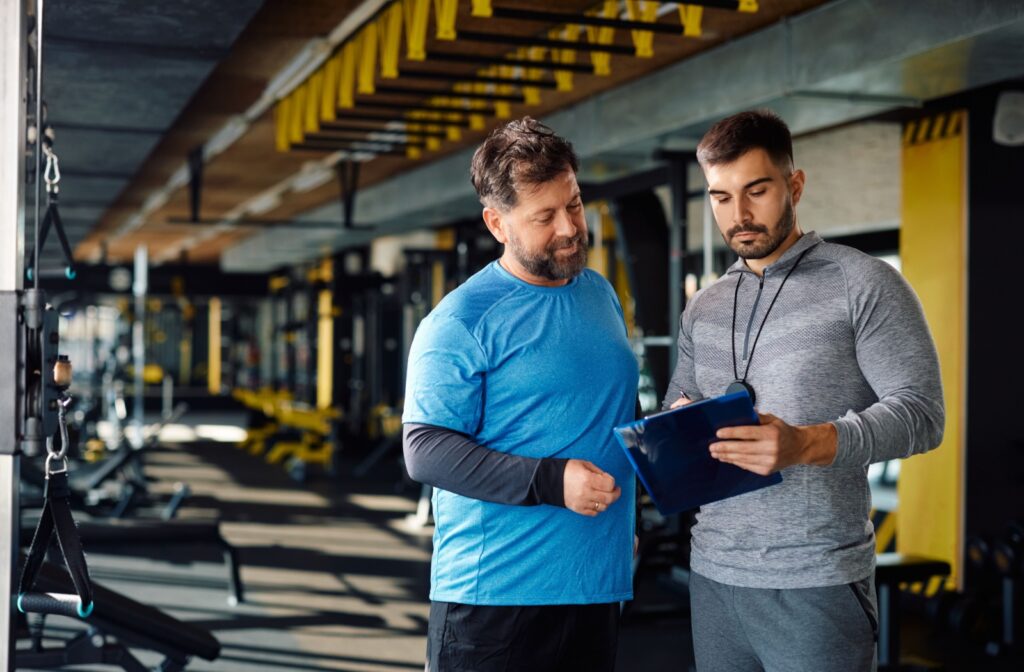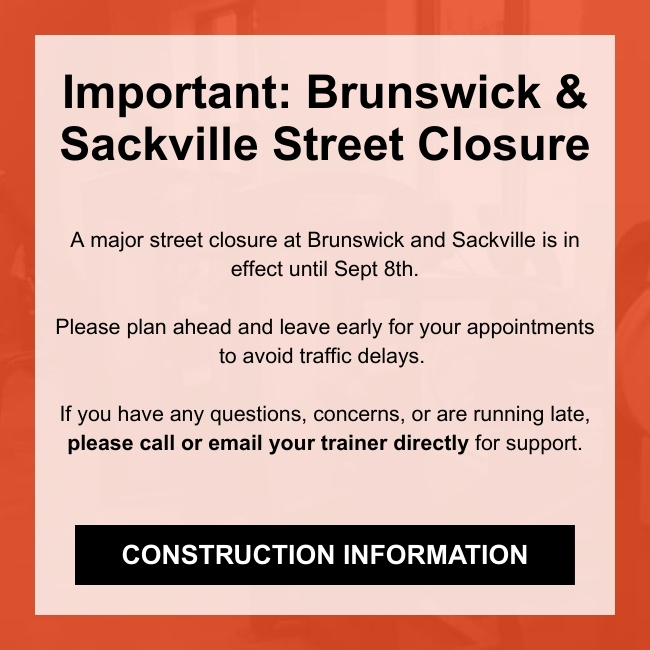
The strength of your handshake or the ease with which you open a stubborn jar can say more about your health than you might think.
As we get older, maintaining our physical strength becomes a cornerstone of aging well. A simple grip test can offer a snapshot of your body’s overall condition and its readiness for the years ahead. Understanding this connection can help you make informed decisions about your fitness journey.
Your grip strength serves as a snapshot into your overall health, acting as a reliable indicator of total body strength and a strong predictor of longevity. When your grip is strong, you’re likely strong throughout your entire body, which can translate to better health outcomes as you age.
Your Grip Strength Is a Window Into Your Overall Health
Grip strength measures much more than just “hand strength.” It reflects your overall muscular fitness and can predict your risk of health complications down the road.
Research shows that grip strength correlates strongly with all-cause mortality. People with stronger grips tend to live longer, healthier lives than those with weaker grips.
Muscular weakness measured by handgrip strength was strongly associated with a higher risk of all-cause and premature mortality in middle-aged and older adults. While grip strength shouldn’t be the only metric you focus on, if your grip is strong, you’re likely strong in general, which is a good sign for your longevity.
This connection between strength training and biomarkers of aging highlights why building overall strength is crucial for long-term health.
The Hidden Health Risks of Decreased Strength After 40
After the age of 40, your body begins to lose muscle mass and strength at an accelerated rate. This decline doesn’t just affect your ability to lift heavy objects; it can impact many aspects of your health and can increase your risk of serious complications.
Bone Density Loss & Increased Fracture Risk
Natural decline in estrogen during perimenopause and menopause can accelerate bone loss, increasing your risk of osteoporosis. Decreases in strength and balance increase the likelihood of falls and fractures, which can become life-altering events.
Resistance training is proven to stimulate bone growth and slow the progression of bone loss. When you challenge your muscles with resistance, you’re also strengthening your bones. This is why strength training is key for preventing and managing osteoporosis.
Compromised Immune Function
Your muscle tissue helps produce myokines (anti-inflammatory proteins) that support immune function. Without adequate muscle mass, your body can’t produce these protective compounds effectively.
Resistance training helps regulate systemic inflammation, which becomes harder to manage during and after menopause due to hormonal shifts.
Strength training also enhances white blood cell circulation throughout the body, demonstrating that exercise and immunity are closely linked, making regular strength training essential for overall health.
Higher Risk for Chronic Diseases
A commitment to getting stronger is a commitment to your long-term health, as it can even improve cardiovascular health. Maintaining muscle mass through resistance training can help lower your risk for several chronic conditions. These conditions can include:
- Type 2 diabetes
- Heart disease
- Stroke
- Cancer
Why Walking & Yoga Aren’t Enough for Optimal Strength
Walking and yoga are good for your cardiovascular health, balance, and flexibility. However, these activities alone often don’t provide the right kind of stimulus to increase your muscle mass and strength.
To build real, lasting strength, your muscles must work against a force that challenges them through resistance training. Your body adapts to whatever demands you place on it, and walking or yoga typically don’t place enough demand on your muscles to stimulate significant strength gains.
Progressive overload is the key to getting stronger. Think of it like this: you wouldn’t read the same page of a book over and over and expect to learn more. Similarly, to get stronger, the challenge must increase over time.

How Personal Training Builds Real Strength
Professional personal training provides the environment, knowledge, and structured approach you need to build meaningful strength safely and effectively.
Professional Environment
1-on-1 studios with proper equipment create the ideal training environment. You won’t deal with crowds or intimidation like in commercial gyms, allowing you to focus entirely on your workout.
Professional Guidance for Safety & Results
Supervised sessions facilitate proper form and technique, which is crucial for both safety and effectiveness. Your personal trainer helps prevent injury and encourages safe progression based on your individual capabilities.
Professional support also allows you to push your limits confidently, knowing someone knowledgeable is guiding your every move. This supervised training can help you achieve better results than you could on your own.
Purposeful Training = Real Results
Structured workouts tailored to your individual goals are far more effective than casual or unfocused exercise. Every exercise, set, and rep serves a specific purpose in your strength-building journey.
Test Your Grip Strength with Personal Training in Halifax & Bedford
At OneUp Fitness, you can literally test your grip strength using professional equipment. Our studios are equipped with hand grip dynamometers that measure your grip strength to determine if you’re within an optimal range for your age.
You can ask your trainer to prepare a strength test for your next session. Working with a personal trainer allows you to monitor and test your progress with custom programs created specifically for your goals. If you’re in the Halifax or Bedford area, contact us to book your first session and take the first step toward better health and longevity. Small changes in your routine and lifestyle can lead to significant health improvements.





